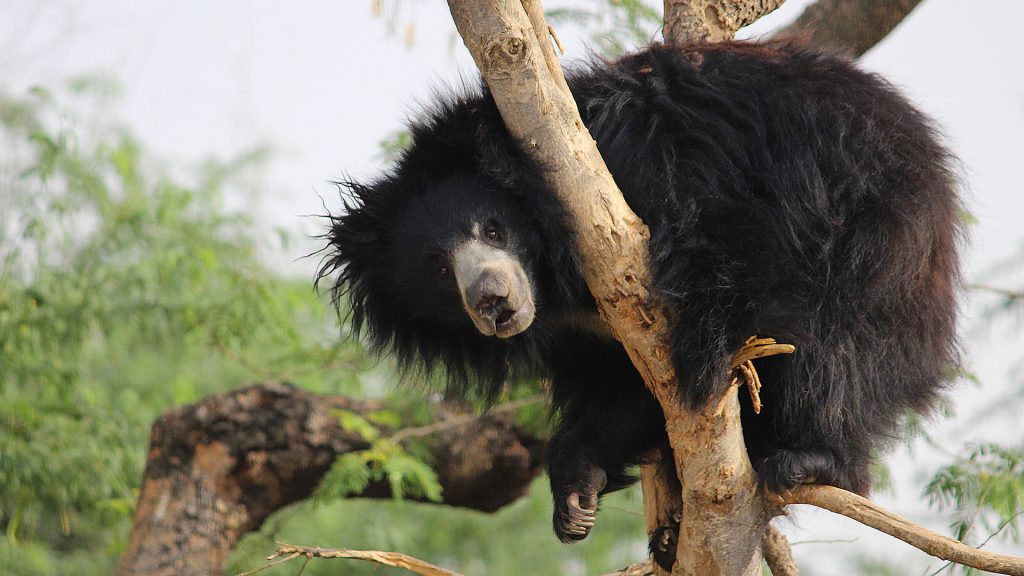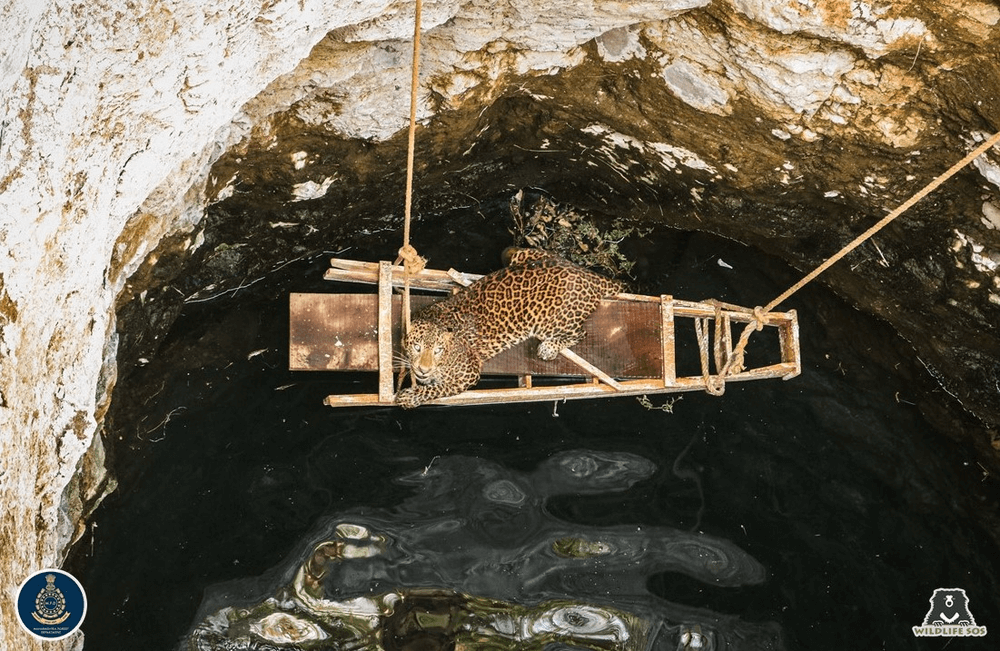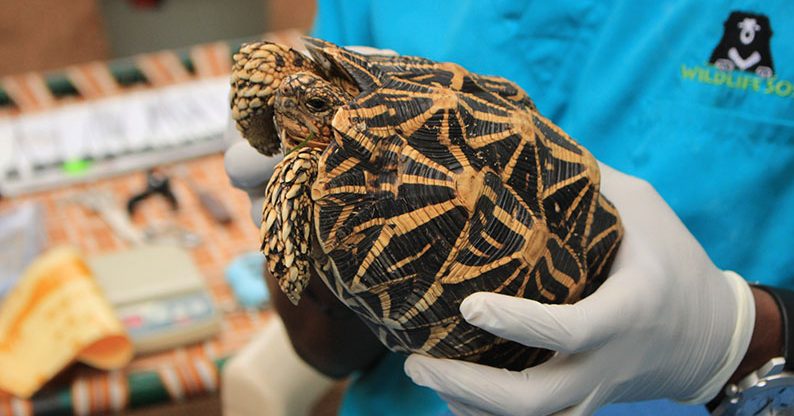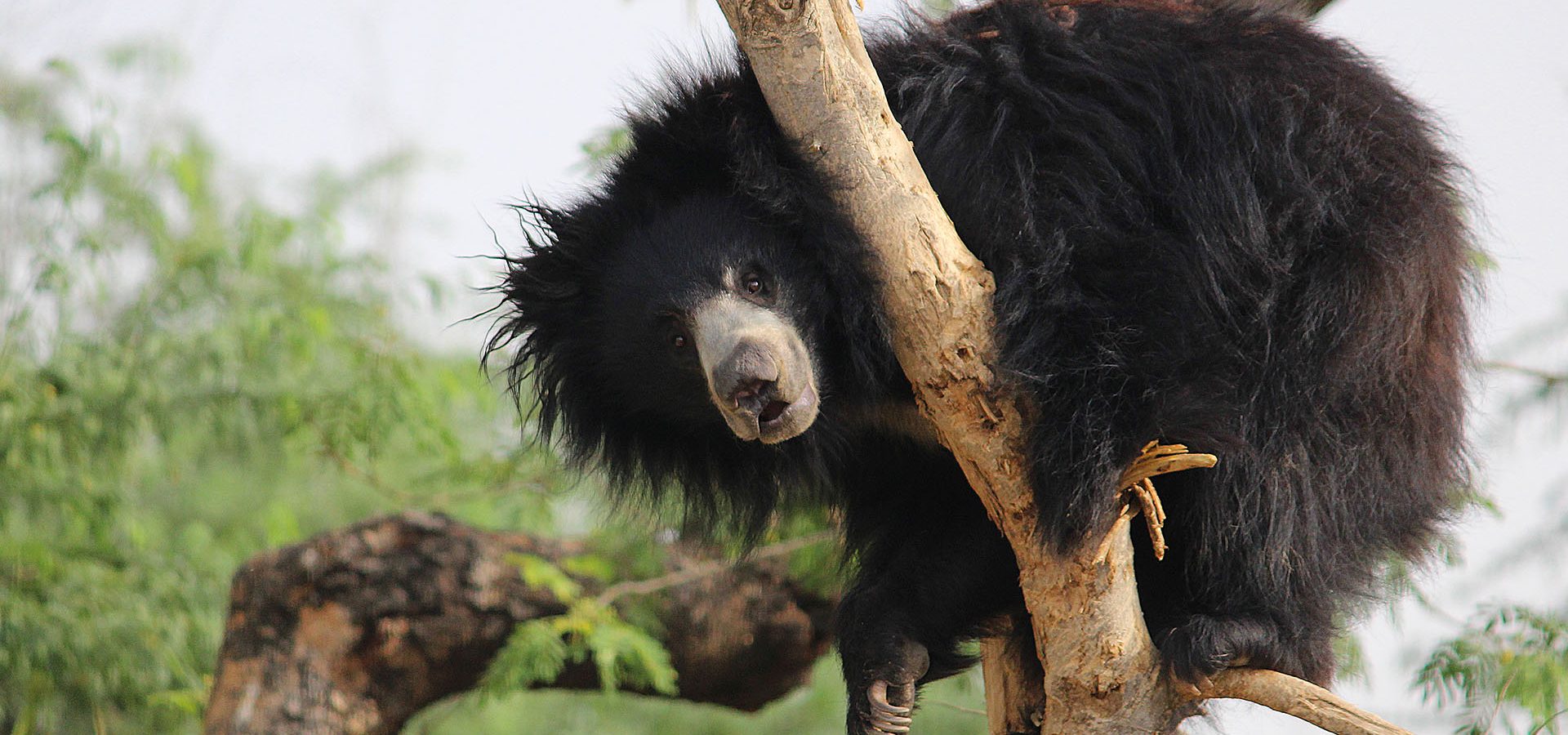India is home to an amazing array of wildlife. The land of 1.3 billion people is still host to wild herds of elephants and free-roaming leopards. But unfortunately, there are many threats to wildlife worldwide and in India. While most people are aware of habitat loss and climate change, there are several threats to wildlife in India which many people don’t know about. Here is a list of 5 threats to conserving Indian wildlife which are often overlooked.

Open Wells – Did you know that there are approximately 8.7 million dug wells scattered across the Indian subcontinent. A village may have several hundred wells that range in size from 2m to 20m in diameter and 1m to 70m in depth. Many of these wells are ancient, but are still in use (with water present), but a large number have been abandoned due to a lack of water (water table drawdown) or saltwater intrusion. These wells represent an imminent threat to Indian wildlife as they are frequently without barrier walls to prevent animals from falling in, nor do they provide any form of escape for animals that do fall. A wide variety of organisms have been rescued from these wells, including humans, domestic dogs, sheep and cattle, elephants, tigers, lions, leopards, sloth bears, snakes, and a myriad of other fauna. Wildlife that fall into dry wells are often killed instantly or suffer prolonged deaths if not rescued. Those falling into water-filled wells, and not rescued, will drown and suffer a painful death. Sign the petition against open wells »

Home-Made Explosive Devices – Generally used in southern India, these devices are used to attain bushmeat and are hidden in food that attracts the Indian boar. However, these explosive devices are indiscriminate killers and kill elephants, bears and any other wildlife that is unlucky enough to taste the food in which the explosive is hidden. The making, possession and use of these explosives is illegal in India and the use of them can result in stiff penalties, yet they seem to be commonly used. Sign the petition against explosives »
Kite-Flying Festivals – Kite flying festivals can be deadly to birds flying in the area. As the sky fills with kites it is also filled with the kite lines which birds have a hard time seeing and easily become entangled with. The result is birds tumbling to the ground and their death or getting caught up in kite lines that are caught up in trees. Wildlife SOS rescues birds from these predicaments every year and one such rescue was even highlighted on our TV show.
The Pet Trade – Can something really be loved to death? The pet trade is doing just that to many different species in India. People want to own wildlife, which is both selfish and having devastating effects on wild populations. The pet trade has become big money, so people smuggle wildlife out of the country illegally. Wildlife SOS is attempting to stop the pet trade in several ways including stopping the poaching through our Forest Watch program, and returning wildlife, such as star tortoises which had been smuggled out of the country, back to India’s wilderness.

Snares – Snares are meant to entangle wildlife that is unfortunate enough to wander across them. Sometimes they are baited and sometimes they are not, but they are always highly effective at capturing and maiming wildlife of all types, including everything from smaller animals such as the Indian hare to larger animals like the tiger and sloth bear. And unfortunately, they are used throughout India and can be made from widely available and inexpensive products such as wires and cables.
While it can seem that there is no end to the potential threats to wildlife and it can be a depressing topic, change can only come from discovering the truth and then finding ways to mitigate these threats. From wildlife rescues, field research and law enforcement, Wildlife SOS is involved on every level to discover what the threats are to wildlife and end them. We hope you will join us in this fight against threats to India’s wildlife and help to end them!
Wildlife SOS supports responsible and cruelty-free tourism for our great nation and aims to educate tourists about India’s vast and diverse wildlife in partnership with the Responsible Tourism Society of India.





